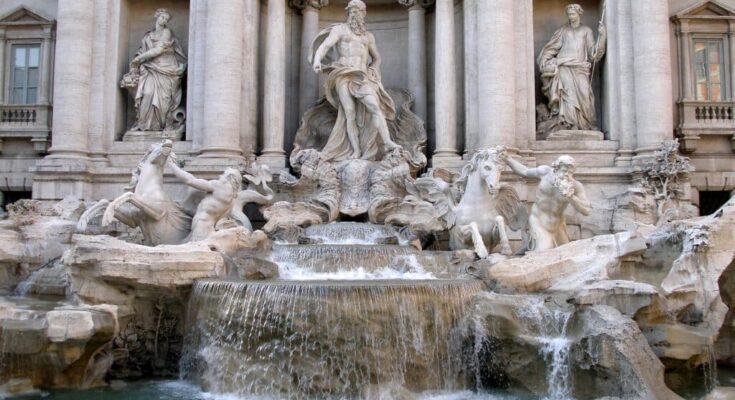
Everyone who visits Rome knows the key to returning to the Eternal City is tossing a coin into the historic Trevi Fountain and making a wish. The result of this popular urban myth has been visitors thronging the monument every single day of the week, taking pictures and wishing for a return trip.
This has no doubt caused several issues in Rome’s tourism and is the main reason why local authorities are considering imposing A 2-euro ($2.25) ticket to access the open-air fountain, which has always been free.
The fee at the Trevi Fountain was proposed by Alessandro Onorato.
The proposal for the fee at Trevi Fountain was submitted by Rome’s top tourism official Alessandro Ornato. The proposal itself, however, was thought out after Venice tested a controversial 5-euro daytripper access fee to the city in the summer.
The decision however will be deliberated by the City Council before it comes into effect. The city mayor Roberto Gualteri, has already voiced his support for the proposal. Onorato backed the proposal by saying “Two euros is more or less the same amount that people toss into the fountain to make a wish.”
These types of measures are not unique to Rome. Many tourist hotspots across the globe are implementing similar measures to manage ever-growing numbers of tourists.
This is especially the case in cities where tourists fuel the economy but create inconveniences like large crowds in top sites, or in more radical cases, by gentrifying an area.
The entrance to the monument will be tested with a reservation QR code
Alessandro Ornato added that he hopes to test the entrance fee to Trevi Fountain, by implementing a QR reservation system. Users would scan a QR code that would charge them the 2 euro fee to reserve their entrance to the Trevi Fountain.
But the fee would not be charged to everyone. For instance, passersby in the plaza that overlooks the baroque monument would not have to pay the 2 euro fee. The fee only applies to tourists entering the nine stone steps leading up to Trevi Fountain’s edge. This fee would also not apply to residents of Rome.
According to Ornato, the system would also help protect the fountain from irresponsible tourists. According to Rome’s top tourism authority, this fee at Trevi Fountain would discourage tourists from eating on the fountain’s steps or from recreating Anita Ekberg’s plunge into theTrevi Fountain from the movie, “La Dolce Vita”. This happens quite often at the monument and can be fined.



